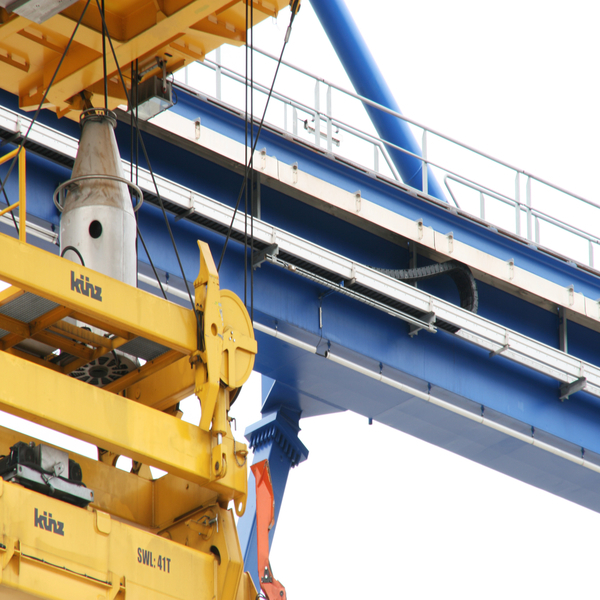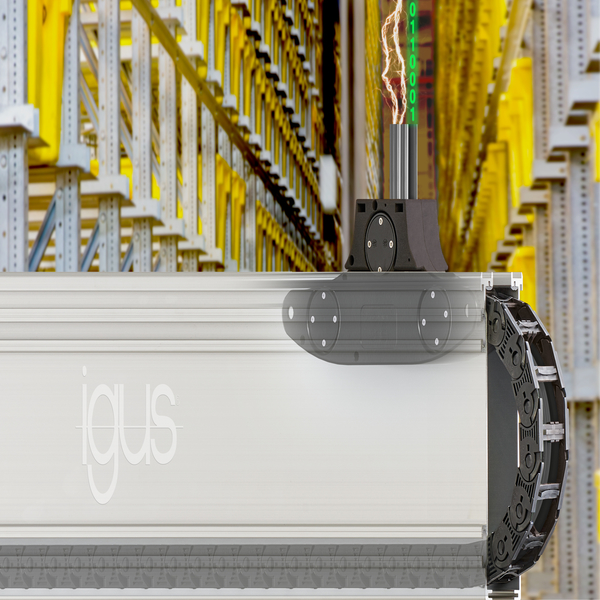Data transmission in a crane system
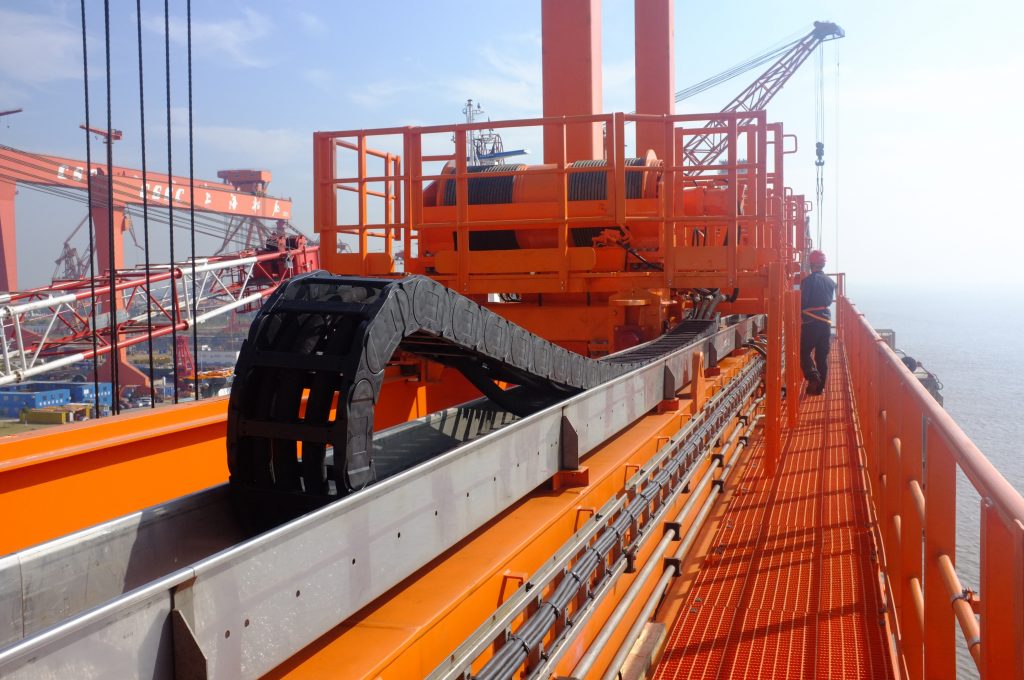
Energy chains play off its technical and economic strengths
In the crane industry, the requirements for safe operating conditions are especially high due to the long travels and the sheer elevation that these systems are utilised. Expensive shutdowns and downtime are just not an option.
igus® have implemented numerous e-chain® systems, nationally and internationally, where the systems have become indispensable when it comes to power supply systems for moving loads. Here’s why.
This industry is subject to some tough climates, the key requirements; easy assembly, easy installation, reliability, durability and support. igus® has built up a solid reputation for providing systems in the crane industry and due to the vast range of products and varied options within the ranges, is renowned for supplying e-chain® systems to the industry as complete systems. These are known as readychain® assemblies.
These arrangements, which are ready assembled energy chains equipped with the relevant cables, are almost exclusively used. But why? What are the benefits of such systems?
Why readychain® systems can save you time
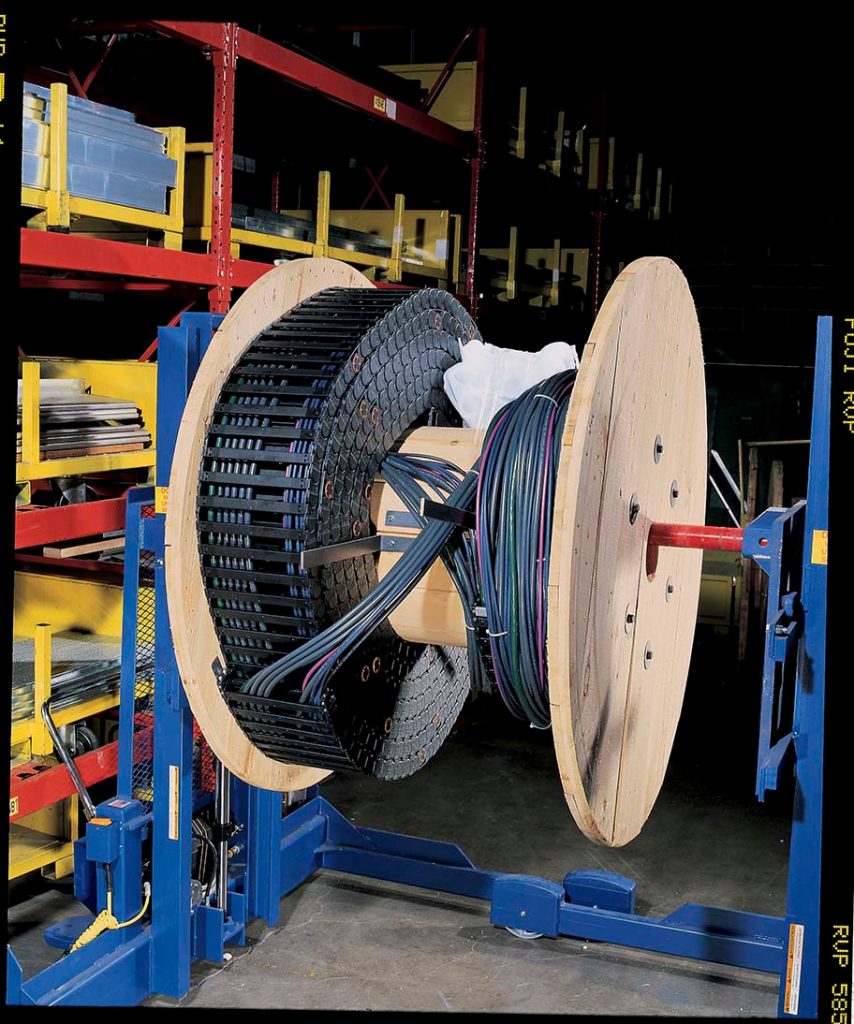
A readychain® system is delivered to the installation site, saving considerable time during installation.
It becomes a simple plug and play situation, which means that installation errors can be minimal.
If we consider the sheer size and magnitude of some of the cranes, the distances that the chains have to travel, anything that can reduce the number of steps to get a system installed surely makes good logical and economic sense?
An example of this type of system being utilised, Ship to Shore cranes;
Ship to shore cranes are subject to some severe weather forms. These cranes can be exposed to strong winds and consequently requires a system that can transfer the data in such conditions. The most vital element of designing systems to use on cranes is to ensure that the cables within the chains are secure, protected and can be guided in a controlled manner. One solution to this is to design in an energy chain system, which can incorporate cables, connectors and trough, thus reducing the assembly time, taking the stress off the person on site trying to organise assembly.
Heavy cables guided safely
There are applications where igus® uses newly developed heavy-duty energy chains. When there is a requirement for heavy cables to be guided over long travel stretches, the heavy-duty chains for these extreme loads are used. For one application in particular the chains needed to be further developed in three points to raise their stability even higher.
The bearing surfaces had to be extended by 120% for the pin-hole connections. The diameter of the connection holes of the chain links were raised from 40mm to 45 mm, and the pin length doubled from 4mm to 8mm. By incorporating these design tweaks increased the stability and service life of the energy.
Not only did it increase the service life, it increased the capability to bear higher tensile and shear forces. There were areas left unaltered such as the inner and outer height. This ensured that the chain operates quietly and with stability with high additional loads.
Online monitoring for large scale plants for energy chains
For the ship-to-shore systems that are installed using igus® products, there is an additional feature which can help monitor the wear and tear of the energy chain, without having to physically check it; igus® has designed a diagnosis tool.
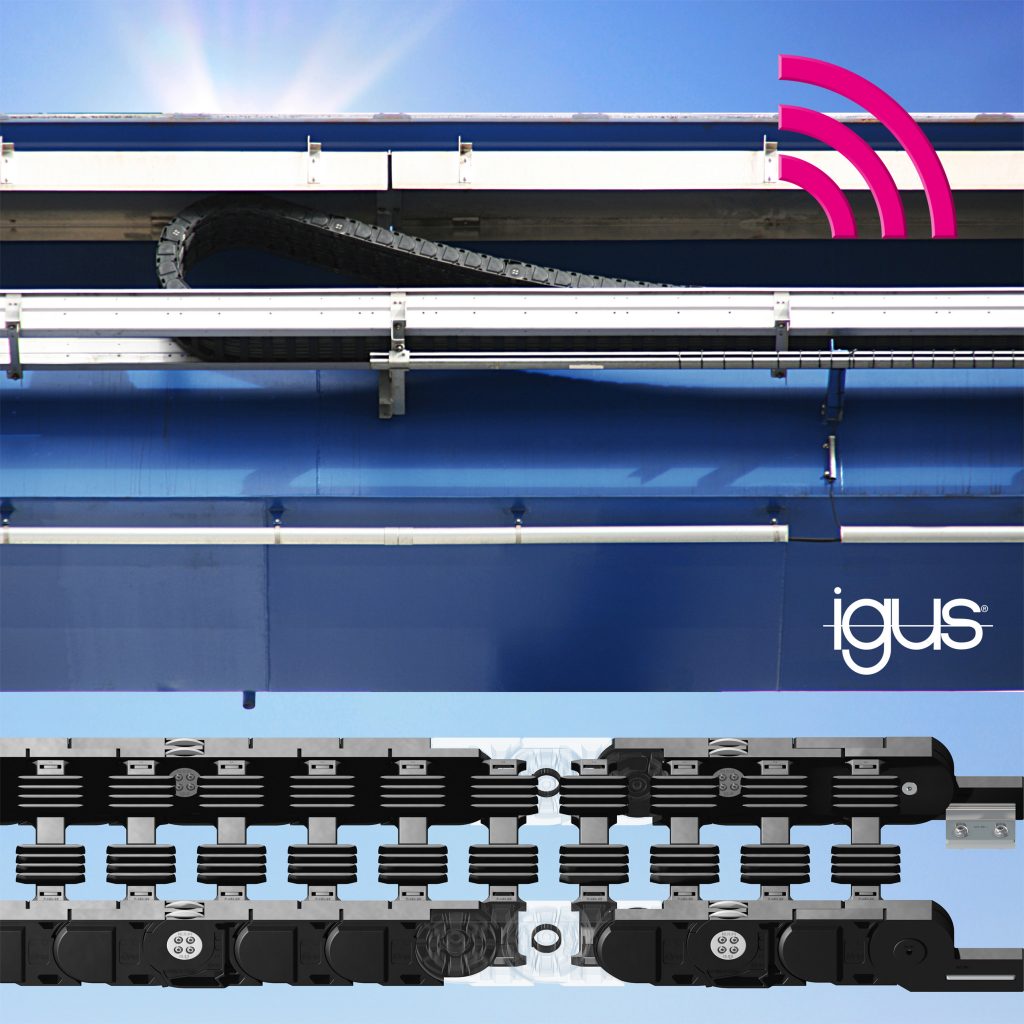
The “remote condition monitoring system” or Smart plastics as it is more fondly referred to, measures displacement forces of the energy chains and assists in preventing damages and stoppages. If there are any errors detected within the intelligent predictive maintenance system, alarm signals are transmitted immediately and automatically via SMS and/or e-mail to the control hub.
The errors can then be analysed and any defects can be corrected quickly and efficiently. Stored data can be retrospectively analysed for three months. It is currently used in crane drives and although it is yet to be implemented on the trolley drives, it’s just a matter of time.


